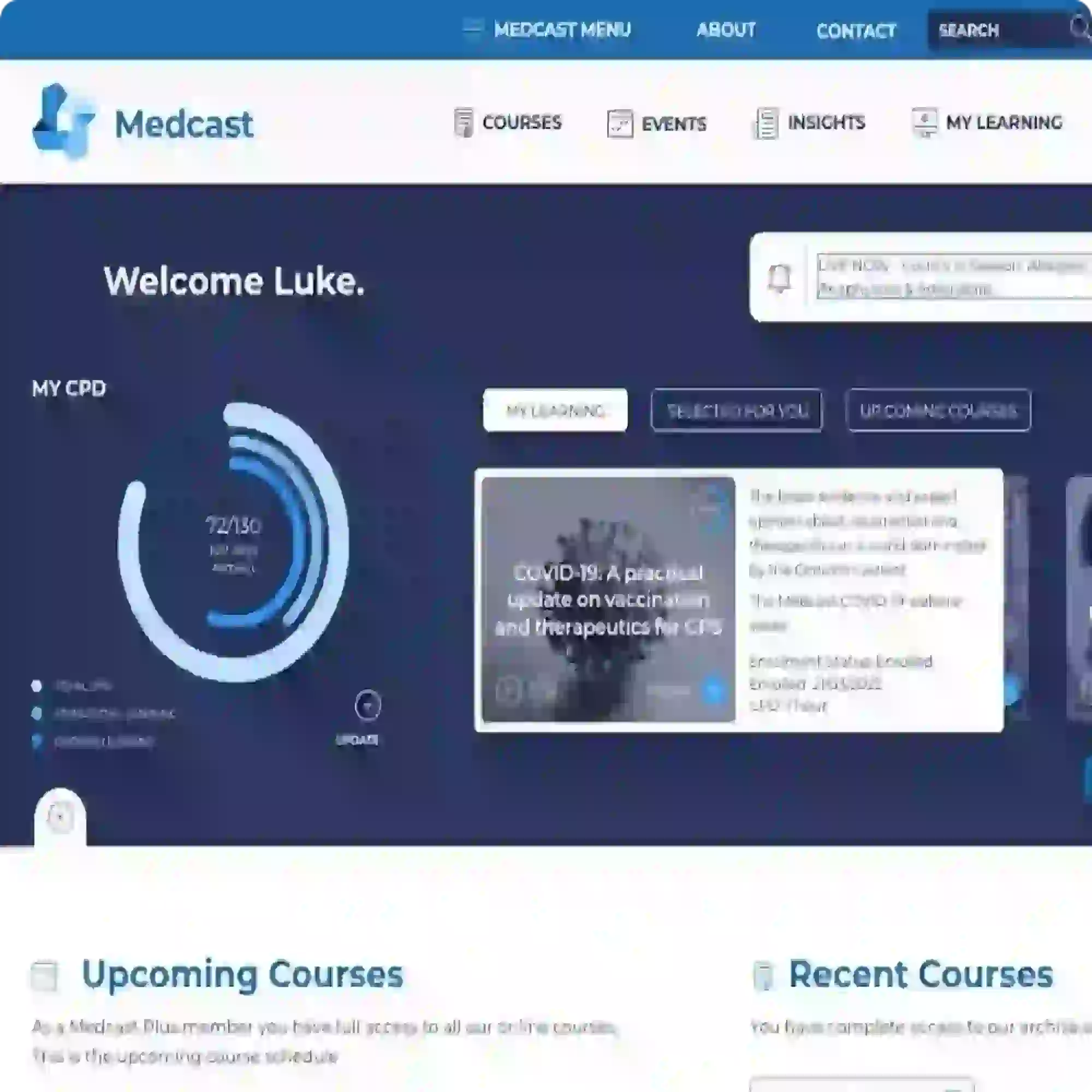Acne - clinical fact sheet and MCQ
Overview
Acne is a chronic inflammatory condition of the pilosebaceous unit in the skin. The condition arises exclusively in the presence of androgens and is typically due to increased sensitivity of the pilosebaceous unit to circulating androgens, rather than elevated androgen levels.
Adolescents and young adults are more commonly affected. In males, acne tends to be more severe, with peak onset in early puberty and resolving by the third decade of life. Conversely, females often experience acne persisting into older age, even as late as their forties. Acne can also manifest in infants.
Due to the involvement of the pilosebaceous unit, the most commonly affected areas are those of high sebaceous gland density, such as the face, neck, chest, shoulders, and upper back. Beyond being a dermatological condition, acne can have significant emotional and social repercussions, potentially leading to depression or anxiety, which need to be considered when managing these patients.
Diagnosis of acne
Lorem ipsum dolor sit amet, consectetur adipiscing elit. Maecenas eu odio in nibh placerat tempor ac vel mauris. Nunc efficitur sapien at nisl semper dapibus. Nullam tempor eros sed dui aliquam lacinia. Nunc feugiat facilisis ex.
Vestibulum ante ipsum primis in faucibus orci luctus et ultrices posuere cubilia curae; Maecenas mauris nibh, tempus sit amet erat vel, pellentesque maximus ipsum. Suspendisse dui nunc, porta ac ultricies id, sodales eu ante.
The Medcast medical education team is a group of highly experienced, practicing GPs, health professionals and medical writers.
Become a member and get unlimited access to 100s of hours of premium education.
Learn moreCo-billing and split billing are often a source of confusion for many GPs. This FastTrack clearly defines these two methods of billing, including examples, explanations of when it is and isn’t appropriate to co- or split bill, and common compliance pitfalls. 30 mins each RP and EA available with the quiz.
The Coordinated Veterans’ Care (CVC) Program is a DVA initiative that allows GPs to provide structured, proactive care in the community for eligible veterans and war widows. This FastTrack provides a guide to billing the CVC program, and outlines a strategy for its practice-wide integration.
Achilles tendinopathy is a common cause of posterior heel pain and functional impairment. GPs are well-placed to coordinate care for these patients. This FastTrack fact sheet provides a concise summary of diagnosis and non-surgical management, including when to refer. Earn 30mins each RP and EA CPD with the quiz.

